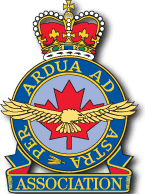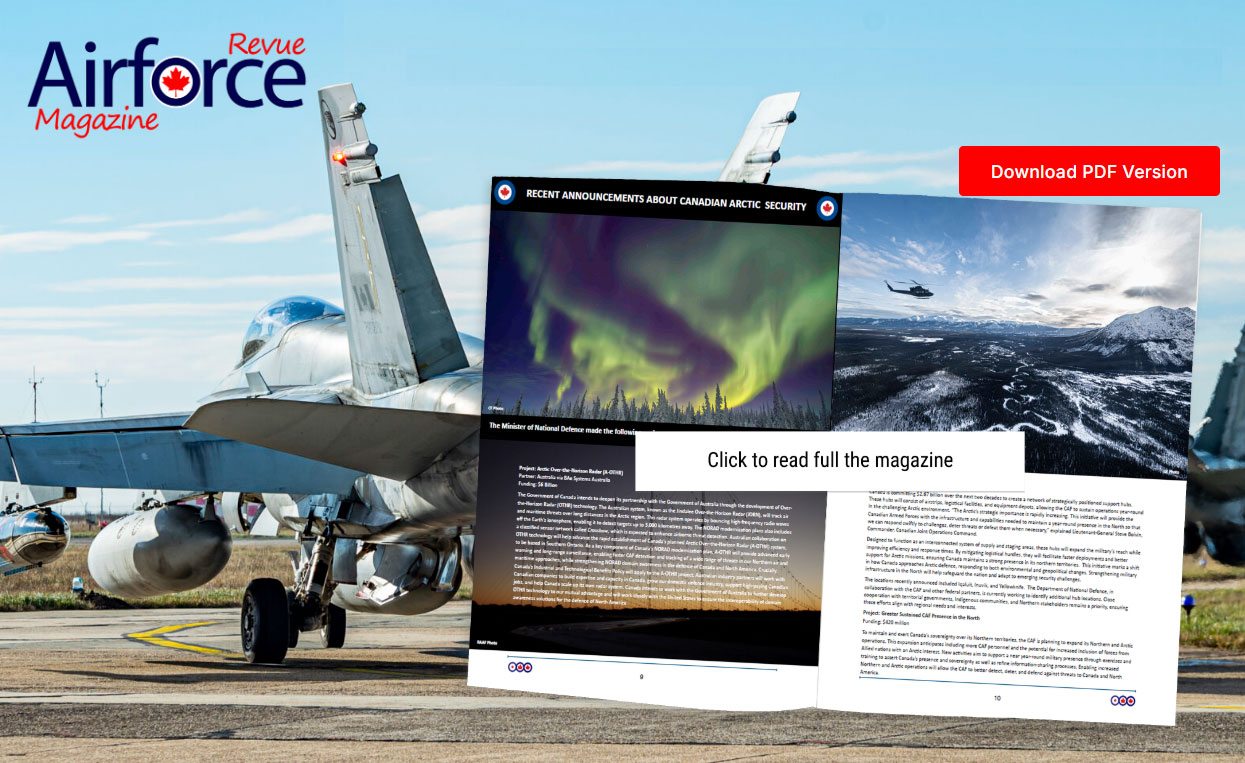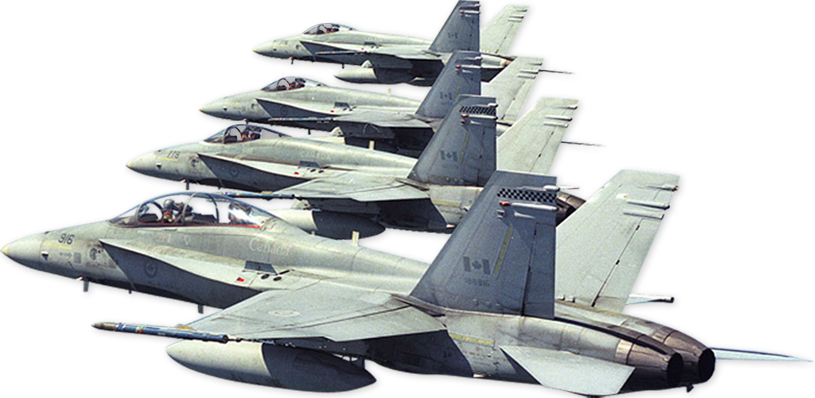The Award of Wings
By Raymond Collishaw (originally published in Wings in Space June 1965)
TENS OF thousands of fledglings have been awarded their “Wings” but few of them have realized the significance and history of the award. The yearning of man for thousands of years to possess wings like a bird, is vested in the Act of the Award of “Wings”. Throughout the ages, individuals equipped with artificial wings, have `flown’ off buildings and cliffs and with man’s conquest of the air, the award of “Wings” was made to indicate the passing of the fledgling into the pilot (or navigator, flight engineer, loadmaster, or whatever the case may be). At the outset of military aviation, “Wings” were awarded by an International Aeronautical authority but later, the award was made on a national basis. The granting of “Wings” has always been made a ceremonious occasion. Wherein some distinguished officer attended to present the `Wings’, on the one hand, the new pilot was congratulated on the Award of his “Wings” and, on the other hand, he was admonished to pass henceforth into the realm of responsibility. The wings were fastened over the heart, following the ancient belief that the heart was the center of emotion. Many different types of “Wings” have been adopted and awarded in various countries but basically the design embraced a pattern of the birds-wings. Historically, naval aviation has tended to follow the wings of the albatross, while army aviation followed the eagle. When man first went aloft in the military free balloons in the Franco-German War of 1870 — because he had no wings to help him fly, the pilots were awarded only `half wings’ and the practise of granting ‘half wings’ to balloonitics, continues to the present time. Aircraft observers were also granted the `half wing’. At the outset of military aviation, it was thought that the man who possessed a good seat on a horse was a likely potential pilot and that the horseman’s hands would best sense the mastery of an aircraft. At that time, there, were neither instructors, nor instruments in the aircraft and a pilot had to maintain equilibrium by his sense of balance and this was known as flying by the seat of one’s pants. Let us mentally watch one of the air pioneers preparing himself for the Award of “Wings”. He went up several times as a passenger with a trained pilot and as there was no dual control and no means of communication in flight, the pilot had to assess the candidates reactions and to try to be satisfied with his sense of balance. The novice was then sent up alone, to try his luck. A candidate sent up, in this way, will always remember his first solo flight. The control column was known as the joy-stick: but there was no joy in it on his first solo. As the novice gave power to the engine, he wondered if he could get the aircraft off the ground. Yes, it was easier than he had feared. Now he is aloft and learning how to control the aircraft, but his chief preoccupation is whether he can get down again safely. After a period of hesitation, he girds his courage for the landing. When it is accomplished, the pilot thinks “What a big fear about nothing, flying is a piece of cake and I am well on my way to the grant of ‘Wings’ “. In the early days of the 1914-18 War, the possession of “Wings” was looked upon as the ability in a pilot to fly any kind of aircraft, minus instruction and indeed some pilots flew flying boats, seaplanes and as many as 50 different types of aircraft. Even today, the granting of “Wings” to the military fledgling, is a moment of gratification and jubilation. The new pilot feels spiritually lifted and on the verge of an exciting threshold. He has been granted his “Wings”.








